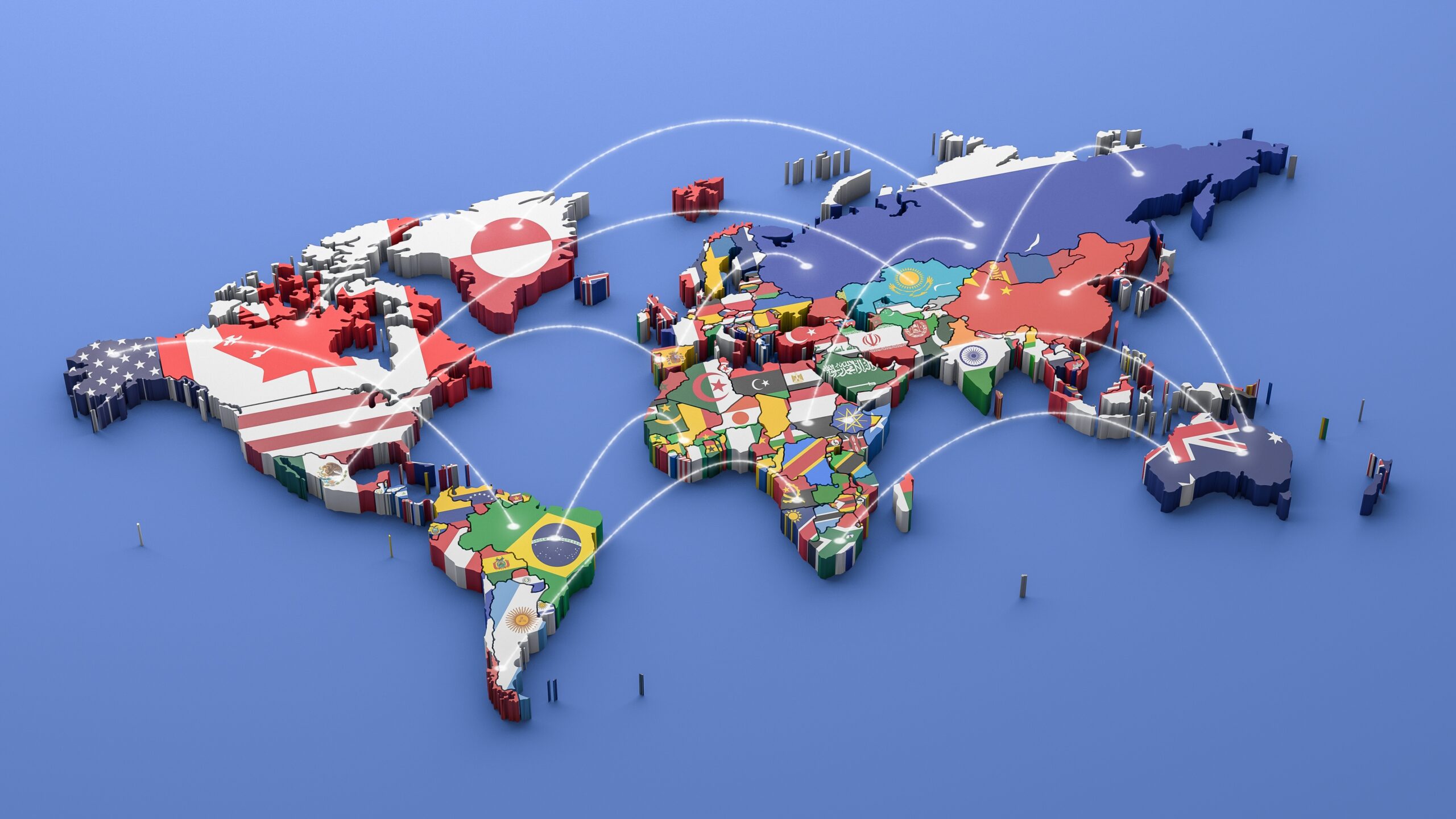Course Overview
This course provides logistics professionals with essential geographical knowledge to optimize international trade operations. Participants will explore physical and human geographic factors that shape trade routes, key seaports and airports, major logistics hubs, and the impact of geography on commerce and regulations. Additionally, the course covers emerging logistics trends, including sustainability and digital transformation. By the end, learners will be equipped to make informed logistical decisions, enhance supply chain efficiency, and navigate global trade with confidence.
- Gain a comprehensive understanding of the Earth’s physical features, including mountains, rivers, and oceans, and learn how these natural elements influence trade routes and transportation modes.
- Explore the key seaports and airports that serve as vital nodes in the global supply chain. Understand their strategic importance and the factors that make them crucial for international trade.
- Discover the major logistics hubs around the world, which act as central points for the consolidation and distribution of goods. Learn about their roles in enhancing supply chain efficiency and reducing transit times.
- Examine how human activities, such as urbanization, industrialization, and infrastructure development, alter geographical landscapes and impact logistics and trade. Also, learn about how a culture’s receptiveness to trade influences trading partners and trade agreements.
- Geography’s Influence on Commerce and Regulation: Understand how geographical factors influence trade policies, regulations, and customs procedures. Explore how countries’ locations and regional trade agreements shape global commerce.
- Stay ahead of the curve by learning about emerging trends in logistics, including environmental sustainability, digital transformation, and innovations in transportation. Discover how these trends are reshaping the logistics landscape and what geographic considerations they entail.
